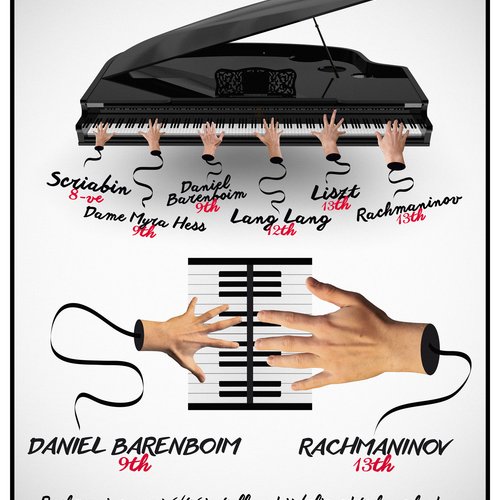Liszt - Hungarian Rhapsodies
There's more to Liszt's fiendishly difficult Hungarian Rhapsodies than just the famous second one.
Aside from being an acclaimed composer, Liszt was a phenomenally accomplished pianist. His ability to play the sheer number of notes that he did, at such speed and with such precision, amazed all who heard him. So it's not surprising that in his solo piano repertoire, Liszt stretches the capabilities of both the instrument and the soloist to their limits.
Nowhere is there a better example of this than in his famous Hungarian Rhapsody No.2. This particular work actually comes from a set of 19 such pieces, all composed for solo piano, although some were later orchestrated.
Liszt incorporated many themes in the pieces that he had heard in his native western Hungary and which he believed to be folk music, though many were in fact tunes written by members of the Hungarian upper middle class or by composers, but often played by Roma bands. The composer skilfully incorporated a number of effects unique to Roma bands into the piano sound, especially the twanging of the cimbalom.













